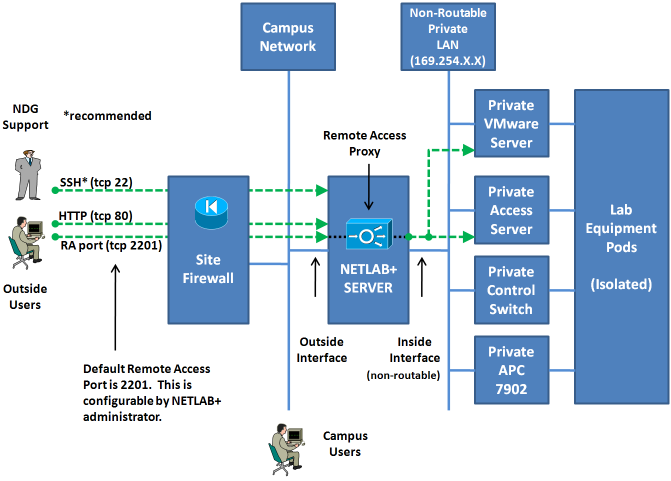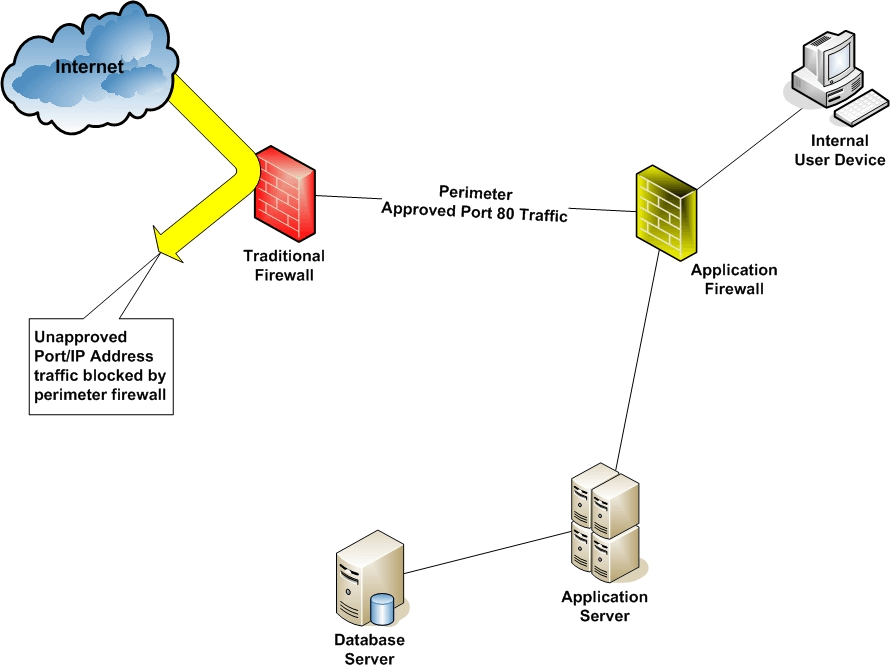

These firewalls check the transmission control protocol (TCP) handshake to verify that the session is legitimate. These simplistic firewall types are meant to provide fast, low-impact verification of data packets. They make a shallow check of data packet information such as destination and origination addresses, packet type, and port number without opening the packet for closer inspection. These are the oldest and most basic types of firewall.

The basic progression of firewalls in order of complexity and security goes something like this: Many of these architectures are the result of building upon earlier types of firewalls to improve the security they provide. It may surprise you to learn that there are many types of firewall architectures to choose from. Here’s a brief list of some of the biggest challenges, and some firewall management procedures/advice you can enact to overcome them: Firewall Management Challenge #1: Choosing the Right Firewalls for Your Needs What are some of the biggest challenges of effective firewall management for strong security? Furthermore, how can you overcome these challenges so you can improve your network security? However, to get the best results from a firewall deployment, that firewall needs to be managed effectively. A strong set of perimeter and internal firewalls on a network can help keep malicious traffic out and slow down the breakout speed of attacks originating from within the network. Firewalls, sometimes called network security devices, are a core component of any enterprise’s cybersecurity strategy.


 0 kommentar(er)
0 kommentar(er)
